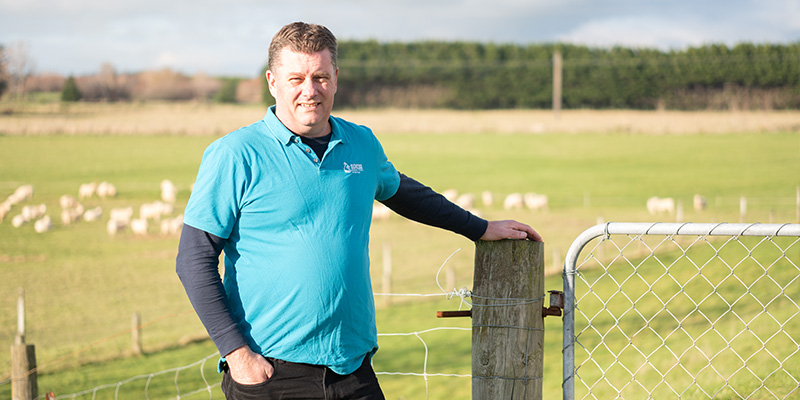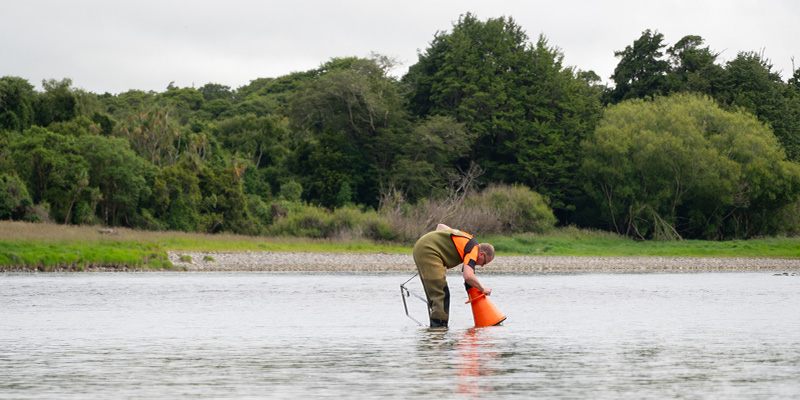Southland offers a lifestyle second to none
Southland is the second largest region in New Zealand, covering an area of 34,000km2. The coastal boundary extends 3,100 kilometres from Awarua Point on the West Coast, to Waiparau Head on the fringe of the east coast, and includes Stewart Island/Rakiura. In all, over half of Southland's land area is public conservation land, while farms occupy 85% of the remaining land.
Climate
New Zealand's climate is mild, temperate and mainly maritime, due to our location within a belt of strong, wet westerly winds. Southland's weather is dominated by those westerly influences, which provide plentiful rainfall and a small annual range in temperatures.
Wet westerly winds drop most of their moisture on the western side of the partial barrier formed by the Fiordland mountain ranges (5,000–10,000mm per year); rainfall on the eastern or lee side is much lower, although still reasonably common (700–1,500mm per year). Coastal areas near Foveaux Strait such as Invercargill tend to receive greater rainfall (1,000-1,2000mm per year) than inland as there are fewer topographic features in the path of the westerlies to intercept rain. Eastern Southland receives around 1000mm of rain per year inland, but closer to 1400mm in the coastal Catlins area.
The absence of nearby large land masses ensures that the air that reaches New Zealand is humid with a moderate temperature (average annual temperatures range from 10 degrees Celsius in the south to 16 degrees in the north of the country).
Climate variability throughout the year
Air temperatures have a small annual range in Southland, with July being the coldest month and January the warmest. The average annual variation is about 9 degrees in Invercargill, 10 degrees in Gore and 12 degrees at Mavora and Piano Flat. Temperature variation tends to be less in coastal areas due to the moderating effect of the sea, resulting in warmer winter temperatures and lower summer temperatures.
In June, July and August, more southerly air flow brings drier air resulting in less rainfall (July is the driest month). In December, January and February, westerly air flow results in wetter conditions. While Southland has less drought risk than most of the country, northern and eastern Southland receive less rain and are more prone to drought than coastal and western Southland.
Snow in Southland is generally limited to higher altitude areas (where temperatures are cooler); it is common to see snow inland, particularly in the ranges, from autumn through to late spring.
More information
For more about Southland, visit https://southlandnz.com/
New to Southland?
Check out Great South's 'Welcome Portal' which includes key information for any new residents coming to live in the region, along with a listing of all jobs currently on offer in Southland: http://www.welcomesouth.nz/
-

Current vacancies
Find out what jobs are available right now.
-

Meet the team
What's it really like to work at Environment Southland? Read about what some of our people do and why they love working at Environment Southland.
-

Summer positions
We offer a number of positions for students over the summer, working on a range of projects.

